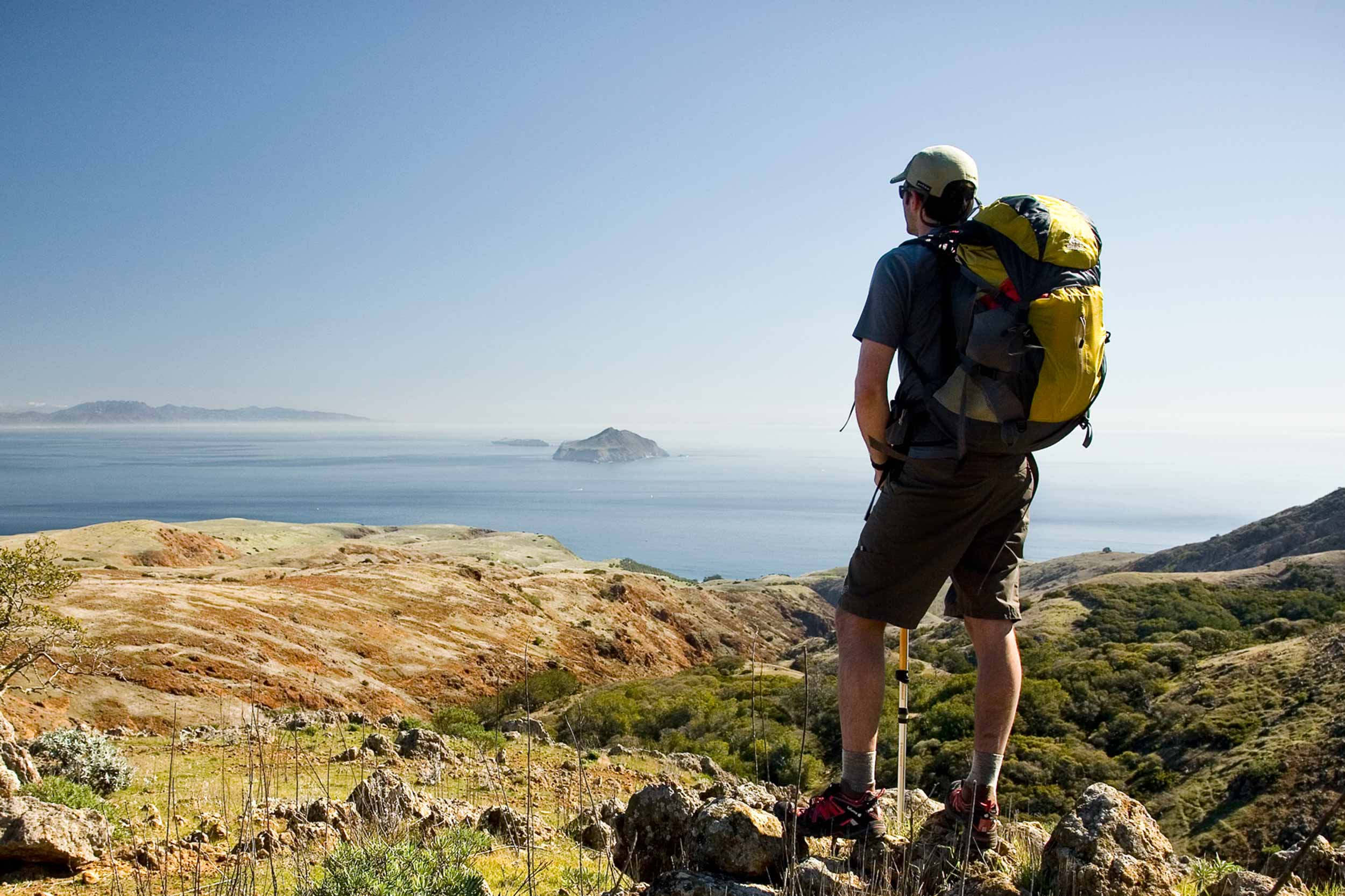Stay Healthy When Exercising Outdoors
Cold weather workouts do bring unique risks, but a little planning and preparation can help whether you’re going for a winter walk, trekking in snowshoes or sledding with the kids.
The shift to colder weather makes hibernating under a pile of blankets — perhaps while binge-watching favorite shows — quite tempting. But outdoor exercise is a great way to improve energy levels, boost the immune system, connect with nature and, during the coronavirus pandemic, safely socialize with people outside your bubble.
Indeed, the protracted health crisis is motivating many people to get off the couch and get out in the brisk air: Sales of outdoor winter sports equipment as a result have been spiking. From August through October, sales of backcountry ski gear and accessories grew 76 percent compared with the same period in 2019, according to the NPD Group.
But an outdoor exercise routine during the winter does bring unique risks. Cold temperatures cause blood vessels to narrow, making it harder for the heart to pump blood and potentially straining the heart. This narrowing of blood vessels can also keep muscles from getting the oxygen they need to stay warm and flexible, which can lead to injury. Hypothermia, frostbite and falls on icy ground are also hazards of winter weather.
A little planning and preparation can mitigate the risk whether you’re going for a winter walk, trekking in snowshoes or sledding with the children. Here’s what you need to know to feel the burn and the “brrr.”
Before you head out.

Stay Healthy When Exercising Outdoors
FUEL UP The body has two main types of adipose tissue or fat — white and brown. Unlike standard white fat, which stores calories, brown fat is packed with energy-creating mitochondria that produces heat and helps the body maintain its core temperature when it’s cold out. This is the type of fat hibernating animals use to stay warm.
“Essential fatty acids like omega-3s, DHA and EPA can help increase the amount of brown fat,” said Shawn Stevenson, the nutritionist and author of the book “Eat Smarter.” “You’ll find that in salmon, roe, egg yolks and algae or krill oil. There’s no need to go crazy, but two to three servings a week can help during the cold time of year.”
DRINK UP Cold temperatures cause physiological shifts that diminish the body’s thirst response and increase water loss through respiration — when you see your breath, water is leaving your body and evaporating — and urination (yes, you really do urinate more in the winter).
“Staying hydrated isn’t as intuitive as it is during the summer, when sweat is pouring off you,” said Sophie Caldwell Hamilton, a cross-country skier and two-time Olympian. “For me it starts first thing in the morning. For every cup of coffee I have, I have a cup of water. When I’m skiing, I have a drink belt with warm water and a Nuun electrolyte tablet in it.”
GEAR UP Dress dry, not just warm. Water moves heat away from the body, leaving you cold and increasing your risk for hypothermia (when your core body temperature falls below 95 degrees).
When you are heading out, start with a base layer made of merino wool, polypropylene or material that will wick away water and sweat. This includes glove liners, socks and hats, which can get wet with sweat and freeze. Next, add a slightly thicker layer made of fleece or light wool and top it off with something that breaks the wind. Sunglasses or goggles and a buff, neckwear that can be pulled up over the mouth and nose, help protect the face. There’s a wide variety of winter boot options so be sure to check the temperature rating and traction.







